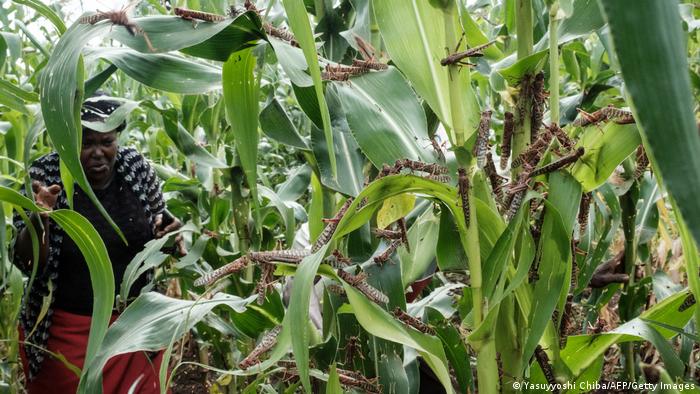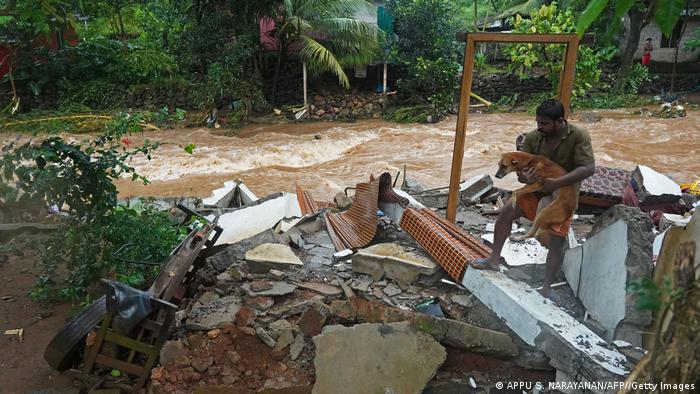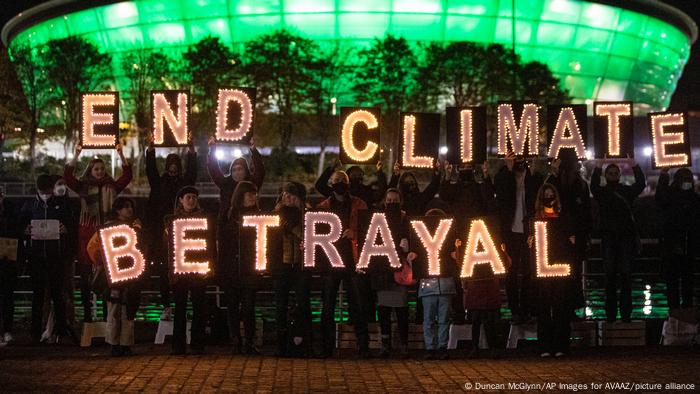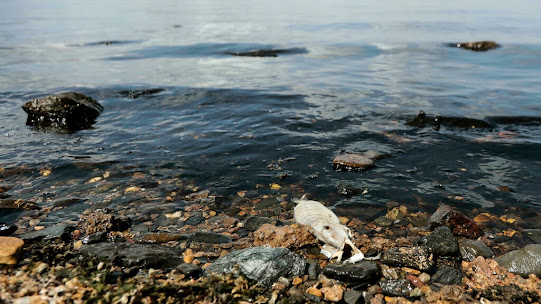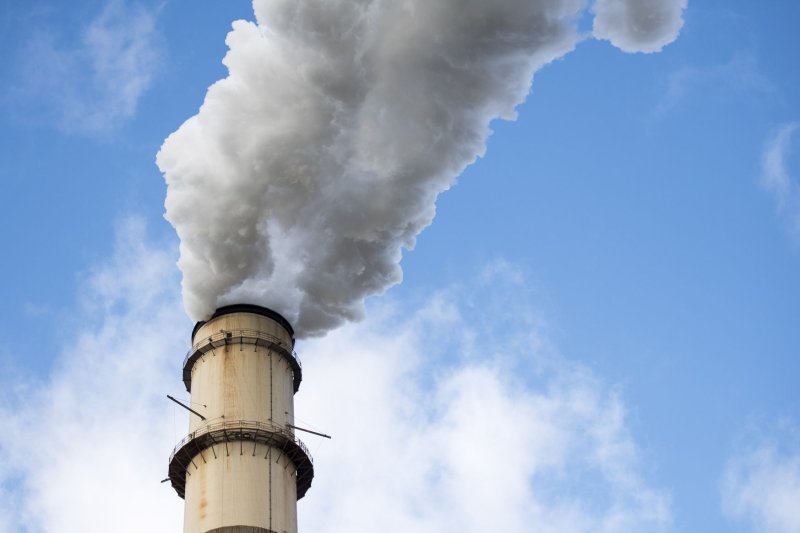Developing countries face a massive funding shortfall in preparing for inevitable climate change. But governments could use COVID-19 recovery funds to create long-term sustainable climate adaptation measures.
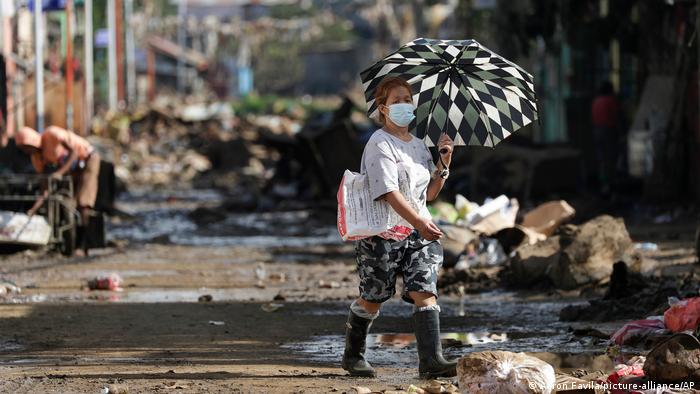
A new UN report has found that financing for climate adaptation measures falls far short of what is needed
Developing countries need to spend up to 10 times more public money than current levels to implement climate adaptation measures that would minimize harm caused by more frequent droughts, flooding and other weather extremes, according to a United Nations report published on Thursday.
Up to $300 billion (€260 billion) will be needed annually by 2030, and $500 billion a year by 2050 to deal with imminent hazards. But in 2019, climate financing to developing countries for mitigating emissions, adaptation, planning and implementation was $79.6 billion, according to "The Gathering Storm: The Adaptation Gap Report 2021." The study assesses shortfalls in finance, knowledge and implementation in climate change adaptation.
At the same time, governments are missing an opportunity to use pandemic recovery packages to invest in green growth and deal with the current and future impacts of climate change, stated the report.
COVID-19 conundrum
The pandemic set back attempts to adapt to climate change, exacerbating existing problems and stretching economic and disaster response capacities in the face of extreme weather, as was seen during the April 2020 tropical cyclone that hit South Pacific islands such as Fiji.
But the vast financial stimulus packages that came in the wake of the pandemic could be targeted to adaptation measures, including storm early warning systems and flood defenses.
"COVID, in principle, presents a huge opportunity for building back better, for developing new structures for international coordination and collaboration that is currently not being used to the degree that we believe would be possible and also necessary," Henry Neufeldt, chief editor and contributing author of the report, told DW.
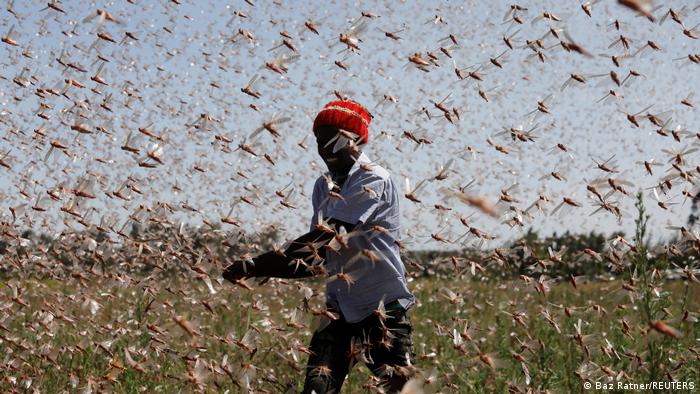
From locusts to drought: Farmers need to adapt to climate change
Vast sums of money — $16.7 trillion — are being spent as part of fiscal stimulus packages around the world, but only a tiny portion of that has gone to adaptation projects.
"There is a need for more finance to go into this and the pandemic is an opportunity to galvanize the transformational change that we need to see happening," said Neufeldt.
The report cites the World Bank's "Build Back Better" approach, which helps to identify sustainable long and short-term adaptation measures, such as building more resilient urban development, that would reduce a country's vulnerability to climate shocks.
Koko Warner, who manages the UNFCCC's Environmental Migration, Social Vulnerability and Adaptation Section, and was not involved in the report, said adaptation measures take many forms, but are vital to people's survival.
"All over the world people are feeling the adverse impacts of climate change — unexpectedly harsh winter storms, severe drought, locust swarms that destroy crops, life-threatening heat domes, progressive sea level rise that threaten coastal communities," Warner told DW from the COP26 climate conference in Glasgow, Scotland.
"These risks require society to adjust and shift. We all rely on stable, safe environments for our survival."
A beacon of hope?
For the first time, the report was able to track significant changes from year to year in adaptation progress. And while financing remains a problem, such projects are slowly picking up steam, the report found.
Countries are gradually paying more attention to adaptation, with 79% now having introduced some sort of planning instrument to prepare for climate change, such as new laws, or policies or strategies. That's an increase of 7% on 2020, and other countries are in the process of building up a plan.
The Wildlife Conservation Society, which funds adaptation projects to protect wildlife, said the report largely reflected the reality on the ground.
"There is some progress on financial investment in adaptation and country-level adaptation planning, but those efforts must be bolstered and expanded to meet the growing risks that both people and nature face from a changing climate," Molly Cross, science director for the WCS Climate Adaptation Fund, told DW.
Cross said one critical aspect of helping humans adapt to climate change is the protection and restoration of intact and healthy ecosystems.
"We must make significant investments in actions that help people and nature cope with and adapt to climate change-related impacts that are already underway," Cross said.
One flagship adaptation project cited in the report is Gambia's efforts across four regions to rehabilitate degraded farmland, savannas and forests with native species, while developing locally managed natural resource-based economies. Another cited project is the restoration of Albania's Kune-Vain Lagoon system, to prevent flooding in surrounding areas and to build associated livelihoods.
7 WAYS AFRICA IS ADAPTING TO CLIMATE CHANGE
Feeding frenzy
Locusts, boosted by drought, heavy rains and warm temperatures, have devastated crops in East Africa. Pesticides can help, though they're not exactly environmentally friendly. Scientists in Nairobi have experimented with fungi and other microbes to make safer poisons. They've also used the locusts' unique smell, which changes as they mature, to break up swarms and even drive them to cannibalism.
1234567
Momentum building, but financing barriers remain
According to the UNFCCC's Warner, as more adaptation projects demonstrate their success, more momentum will build to ensure wide-scale adaptation.
"When people see good results from these efforts and when their communities expect them to be part of the adaptation effort, then we will see change at a massive scale," she said.
"There is every reason to be optimistic because the future is ours to imagine and build. What we collectively achieve here at COP26, and what we do with our families, our peers, our institutions will help ensure stability, safety and well-being of people and nature as climate change unfolds."
Still, the report found that the world needed to spend more on direct investment, as well as remove barriers to private sector involvement.
It also called for debt relief for developing countries, finding this was limiting their ability to adapt to climate change.
"Freeing up the financial squeeze that developing countries have is really important. And this is where developed countries' advanced economies can help significantly," Neufeldt said.
Funding for adaptation and mitigation must go hand-in-hand, because even if the world halts emissions and keeps to the 1.5-degree Celsius (2.7-Fahrenheit) threshold, regions will have to deal with a changed climate.
"Climate change is going to have impacts over many hundreds of years. But what we can say is that by taking urgent action in terms of mitigation, we can minimize these future impacts considerably. But we're not going to get rid of all the impacts. Adaptation can also reduce that risk considerably," said Neufeldt.
INDIA: TOWNS DEVASTATED AS KERALA BRACES FOR MORE HEAVY FLOODING
Low-pressure system triggered rains
The off-season torrential rains are the result of a low-pressure system over the Arabian Sea. A total of 13 out of Kerala's 14 districts received much more rainfall than predicted over the past week as a result, according to the Indian government's Meteorological Department. Between October 7 and 13, around 73 millimeters of rain was predicted, but over 194 mm of rain fell — a difference of 166%.
1234567
